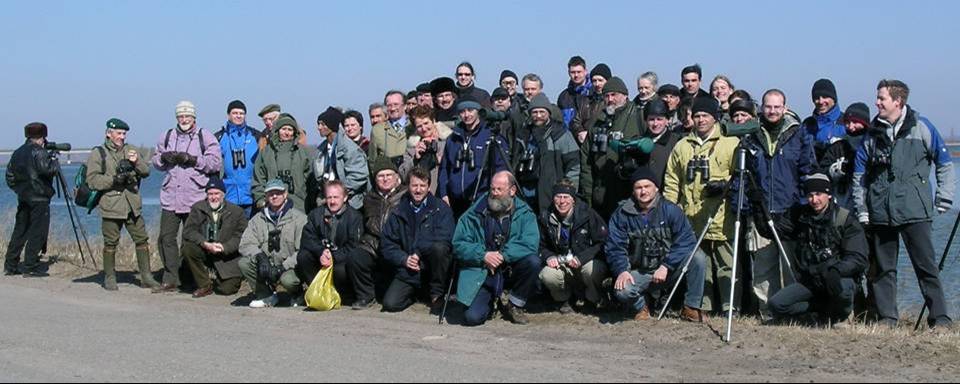Conference report
This 8th annual meeting of the Goose Specialist Group in Odessa (Ukraine) was attended by 70 people from 16 different countries (Belgium, Bulgaria, Estonia, Finland, France, Germany, Hungary, India, Kazakhstan, Netherlands, Norway, Russia, Romania, Spain, Sweden, Ukraine).

We are particularly grateful to Wetlands International, the DLO-International Co-operation Programme, and the agricultural counselors of the Dutch Embassies in Moscow and New Delhi for financial support, and to Dr. Anatoli Korzyukov (Odessa I.I. Mechnikov National University) and Dr. Ivan Rusev (Wildlife Conservation) for organizing this meeting.
The focus was on the three goose species that winter along the Black Sea coast; Greater White-fronted Geese, Red-breasted Geese and Greylag Geese. The latter species also nests in Ukraine. Also the rare Lesser White-fronted Goose, Bean Geese in Germany, Dark-bellied Brent Geese in France, Bar-headed Geese wintering in Myanmar and India, and Pink-footed Geese that nest on Spitsbergen (Svalbard) were on the agenda. The full programme is available for download. Click here.
To solve the internal problems around the topic of re-introduction within the Lesser White-fronted Goose Working Group, a new troika consisting of Ivan Rusev (Ukraine), Maire Toming (Estonia) and Åke Andersson (Sweden) was appointed and in close co-operation with the IUCN/SSC- Re-introduction Specialist Group (Pritpal S. Soorae) they will try join forces in order to safeguard the future of this threatened goose species.
Many reports stressed the high pressure of hunting and poaching on the geese that migrate from eastern Europe along the Black Sea coast, and there is a clear need for improved monitoring of goose numbers in this area. One of the important staging areas is Manych Lake. Also several plans threatening coastal areas near Odessa (Dniester delta) and the Biosphere reserve in the Danube delta were discussed.
It was reassuring to learn that a successfully co-ordinated simultaneous mid-winter count in Bulgaria, Romania and Ukraine yielded a total of 52,000 Red-breasted Geese.
The weather during the conference was unusually cold (+ 5º C during the day) due to strong northerly winds, and this kept the geese in the area, so that during conference and the three-day post-conference excursion to the Danube delta 20,000 Greater White-fronts and 1,000 Red-breasted Geese and many White-tailed Eagles could be observed at close range and we have seen many Ramsar wetlands along coastal area.